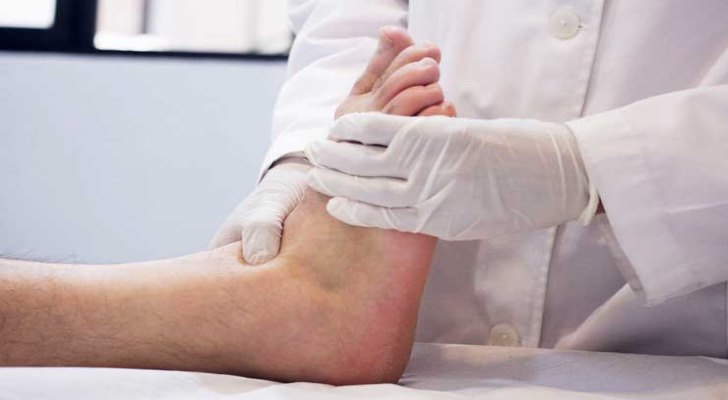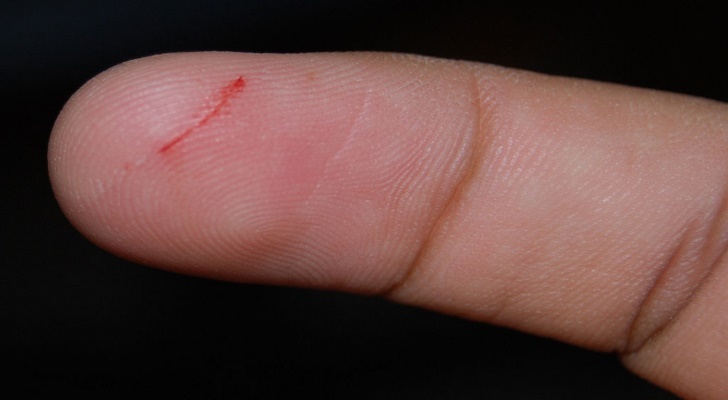
Gangrene is described as a condition in which part of the body’s tissues becomes nonviable (tissue death), most often in settings of reduced or absent blood supply. The circulatory interruption limits delivery of oxygen and nutrients. Limbs are commonly referenced in summaries, and areas farther from the heart are frequently cited as vulnerable.

Many accounts note involvement of hands and feet; internal organs can be affected less commonly. Early presentations may appear limited, while progressive cases are described with broader local and systemic effects. Literature mentions cramping and, in advanced situations, systemic responses such as low blood pressure.

A frequently discussed cause is impaired blood flow (ischemia). When arteries are narrowed or blocked, tissues receive less oxygen, nutrients, and immune components carried by the bloodstream. Without adequate perfusion, cells can be damaged and tissues may become nonviable.

Infection is another context described in sources. Untreated or deep-seated infections can progress to tissue necrosis. Trauma is also discussed: penetrating injuries or crush mechanisms can introduce bacteria and damage blood vessels, creating conditions in which gangrene develops.

Signs vary by type. Overviews distinguish “dry” and “wet” forms and emphasize that location and presence of infection influence appearance. Reports of dry gangrene include numbness or a cold sensation in an extremity, with changes evolving over time.

Color changes are frequently described, ranging from reddish or brown hues to black with demarcation from surrounding tissue. In some accounts, devitalized tissue may separate. Descriptions of wet gangrene include swelling, moist tissue changes, and reddening around involved areas, reflecting concurrent infection.

Educational materials discuss associations between earlier identification of local changes and limiting tissue loss. Diabetes is often highlighted as a context in which foot and limb complications are studied, alongside peripheral arterial disease. These themes are presented descriptively without recommendations.

Sources note that people with vascular disease are described as having increased risk. Observational summaries mention features evaluated by clinicians, such as swelling, discoloration, or wounds that heal slowly. These descriptions outline patterns considered during assessments rather than individualized guidance.

Reported complications include scarring, need for reconstructive procedures, and—when tissue loss is extensive—amputation of affected parts. Rarely, disseminated infection is described as life-threatening. These outcomes are discussed in the context of disease progression.

Diagnostic approaches described in references include imaging (MRI or CT) to assess soft-tissue and muscle involvement, and X-rays when gas within tissues is considered. Laboratory testing, tissue sampling, and microbiologic studies are discussed as methods to characterize infections and document the extent of involvement.
Learn more about gangrene at MedlinePlus.

